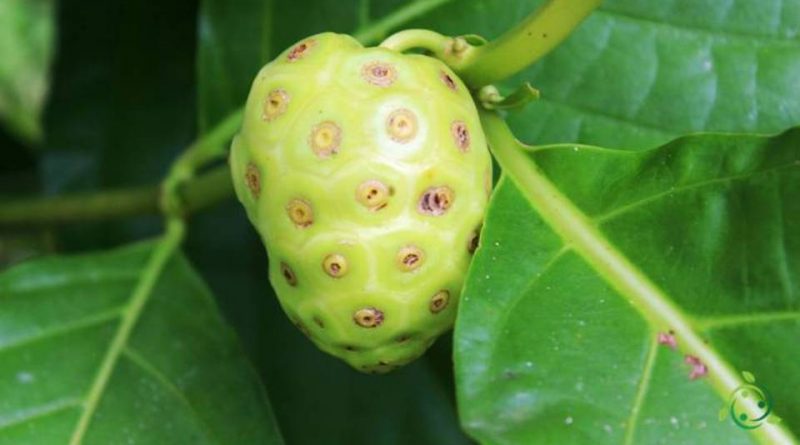How Noni is grown
How Noni is grown
The noni or Indian mulberry (Morinda citrifolia L.) is a plant of the Rubiaceae family.
Noni is a plant that is grown all over the world in a wide variety of tropical and temperate-warm ecosystems, with average annual temperatures between 20 ° C and 35 ° C, and arid or humid climates, with fluctuating rainfall. atmospheric between 250 and 4000 mm per year.
It also adapts to a wide range of pedological conditions, being able to grow on all types of soils: acidic, neutral or alkaline, with a good ability to tolerate even brackish soils, which makes it also found near land close to marine coasts .
It can grow with both sunny and shady exposures.
Propagation –
Noni can be propagated both by seed and by cutting.
If the plant is multiplied starting from seeds, there is the disadvantage that these take 6-12 months or more to germinate while the cuttings can root within 2 months of sowing. Remember that Noni seeds float and are hydrophobic thanks to the air chamber and water resistant coating. The seed is thick and hard and has a cellophane-like coating.
The buoyancy of the seed is due to the presence of a light brown bubble towards the rounded end, this is the air chamber that gives it its buoyancy qualities.
Noni fruit can contain hundreds of seeds. in the sowing technique, the farmers in the growing areas chop the ripe fruit and carefully separate the seeds from the fruit pulp. Although the seeds can be planted right after they are extracted from the fruit, most growers soak them in water until they germinate before planting.
In order to germinate and grow this plant needs a warm and humid environment and, moreover, it can take up to a year for a seed to sprout; period that decreases with increasing temperature.
Noni seeds can withstand temperatures up to 38 degrees centigrade and sometimes even higher. In nurseries, plates are used to heat the potted seed to create a shorter germination period.
Cultivation –
Wild noni growing in forests produce healthy fruit without the benefit of fertilizers, but growers of Morinda citrifolia use fertilizers to increase yields.
Fertilization is done with small and frequent doses with organic manure from local organic substances.
To this end, lava rocks are also used to promote growth as wild plants take advantage of volcanic soils.
In an agricultural environment, the soil in which noni grows is sterilized to give the plant a cleaner soil for parasites and pathogens.
In addition, Noni tend to grow best in the exposed area when protected by a windbreak.
As for water supplies, as Morinda citrifolia can survive drought and accustomed to hot arid conditions, once the fruits are ripe, the plants only need to be watered once or twice a week.
Older plants need to be watered even less frequently and each plant should receive about 10 liters of water each time it is watered. Excessive watering can cause root damage from root rot or root knot nematodes.
Using the Noni –
Noni has been used for centuries for food purposes even if this use has always been discouraged by the unpleasant smell. In addition, the leaves of noni are also used in India as a food for pets and silkworms.
The Noni bark contains a red pigment and the roots contain a yellow pigment which are used for the production of dyes for fabrics and leathers.
The wood is used, like the wood of other tree species, for construction, firewood, sculptures etc.
An insect repellent oil is obtained from the seeds.

